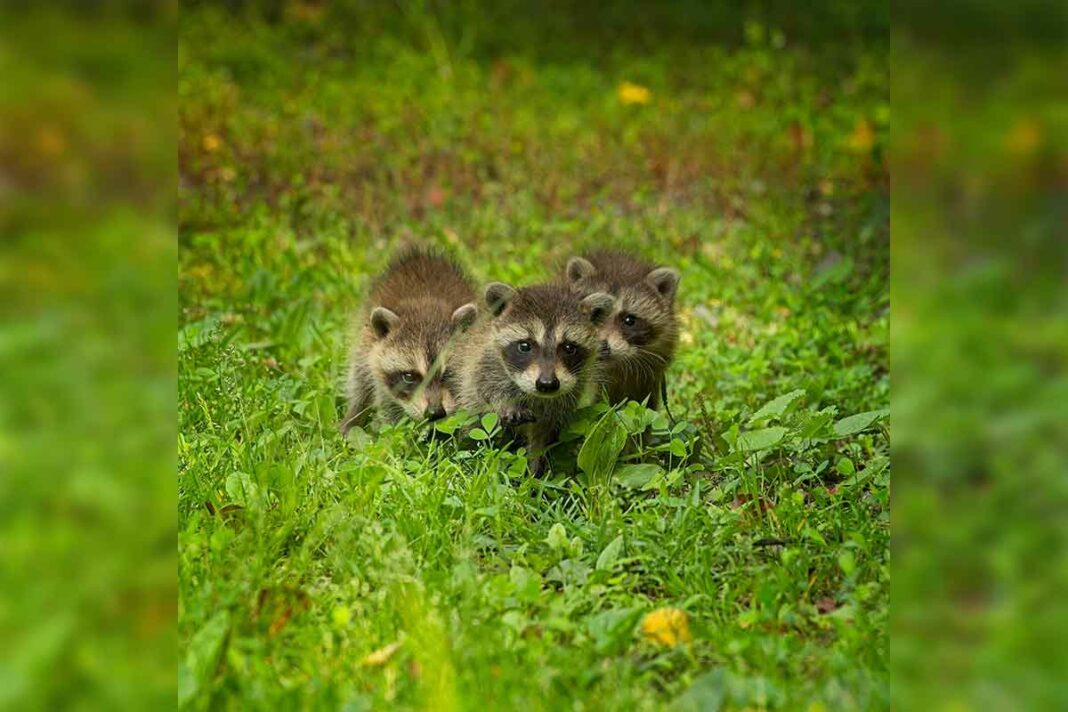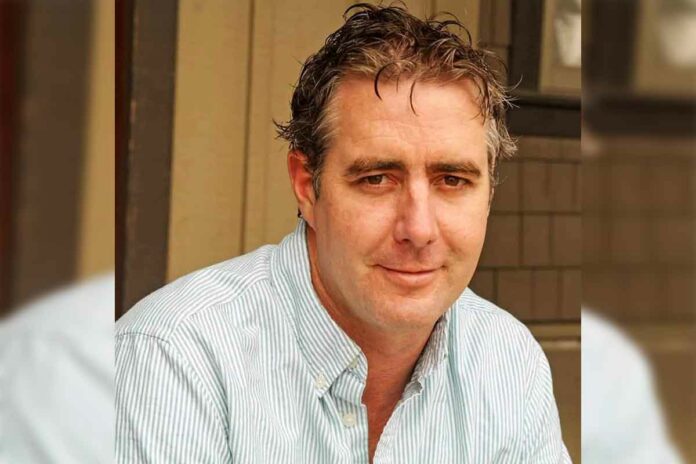Be careful not to accidentally orphan wildlife
VAL CARON—Turtle Pond Wildlife Centre is one of eight Ontario-based wildlife centres that is sounding the alarm over the growing number of orphaned wildlife in the region, including Manitoulin Island.
As temperatures rise, wildlife activity increases and many species, including raccoons and squirrels, seek warm, secluded places to nest and raise their young. Attics, chimneys and other undisturbed areas becoming prime spots for these animals.
Not only is this an issue for homeowners, it is also of deep concern for wildlife rehabilitation centres which are on the receiving end of the hundreds of baby animals that are orphaned every year when homeowners evict their ‘moms’ from their premises.
“We deal with the same situation every year,” Gloria Morrissette, authorized wildlife custodian at Turtle Pond Wildlife Centre, told The Expositor. “We have so many orphaned animals come in that we fill up the space we have, and what happens is that when people call about having an orphaned animal, we can’t help offer them space here.”
“This is what we are trying to avoid, making animals orphans,” said Ms. Morrissette. “In some cases, these moms will get hit by cars when they are out trying to get food for themselves and their babies. But the majority are situations where people will hear a raccoon for example in their attic and will trap them; not knowing they have babies. This is what we need to avoid.”
“It is a horrible situation,” stated Ms. Morrissette. “People will bring in these tiny baby animals, so many that our space is filled up and we can’t take them. All we can do in this situation is offer euthanasia, which people don’t like to hear, and we don’t like or want to do.”
“People will hear the animals in their attic or see them in a shed or garage and capture or kill them or take them to a community 10 miles over and release it. They don’t realize the mother probably had babies. And so, they become orphaned, and people bring them here. “This is what happens in the vast majority of cases,” said Ms. Morrissette. She said the reality is that wildlife rehabilitation centres throughout Ontario reach their maximum capacity as soon as June, and the calls keep coming in for help with orphans for several months thereafter. This also means rehabbers need to make the heart-breaking decision to turn away numerous baby animals each year.
This tragedy is not only devastating but entirely preventable. In response, the eight Ontario wildlife centres have united in a powerful effort to raise awareness and educate homeowners on more responsible and effective ways to deal with wildlife on their property.
“All eight wildlife centres in the province go through this same problem,” said Ms. Morrissette. “And Turtle Pond is the only wildlife centre in Northern Ontario, the closest rehab centre to us is in Parry Sound and they only deal with animals in their district, not from our area (which includes Manitoulin Island).”
“We get a lot of animals from the Manitoulin Island area, such as turtles, raccoons, squirrels, porcupines, birds and many more,” said Ms. Morrissette. “Manitoulin is a beautiful place for wildlife, and we get a lot of orphaned and injured animals from the Island at our wildlife rehabilitation centre.”
“There are ways people can deter animals from getting into your attic or shed/garage, and keep them out of the house,” said Ms. Morrissette.
“We are blessed in Northern Ontario to have nature all around us, and wildlife is an integral part of a healthy ecosystem,” said Ms. Morrissette. “Together, we are encouraging the public to view wild animals with compassion and understanding, ensuring baby animals are not orphaned in the process.”
“While the majority of individuals can grasp the barbaric nature of a kill trap, many people remain under the wrongful impression that live traps are a humane option,” a release notes. “This is simply not the case. Live-trapped animals experience significant stress, often injuring themselves in an attempt to escape the trap. They are also vulnerable to extreme temperatures and dehydration while waiting to be transported to another location. Some never make it.”
If released, these animals face even more challenges. Often ripped away from their young, they are left in an unfamiliar environment struggling to find food and shelter. They may also encounter territorial disputes with other wildlife, adding more stress to an already traumatic experience.
To minimize the risks to survival and limit the potential for disease transmission, Ontario’s Fish and Wildlife Conservation Act prohibits the relocation of animals more than one kilometre from their capture site. While this is intended to protect animals, ecosystems and humans, it is not fool proof. In fact, many species have incredibly strong homing instincts and will likely return to their original territory, including to their young. As a result, legal relocation is frequently ineffective.
With these challenges in mind, it’s important for homeowners to take a more humane and thoughtful approach to managing wild animals on their property.
Encouraging wildlife to move their babies to alternate locations does work, as attested to by homeowners that have witnessed it on remote cameras. “One Sudbury resident sent us a video of a mother raccoon relocating her babies one by one during the night after following our advice regarding the use of humane deterrents in his attic,” said Ms. Morrissette. “He was delighted to see his efforts result in a humane resolution.”
If you are aware that the wildlife in your home has babies, the most humane approach is to allow her time to care for them until they are old enough to follow her out of the den on their own (typically around 8-10 weeks old). This prevents orphaning the babies and gives them the best chance at survival.
It is important to note that before sealing any entry points, ensure all babies have left. One way to determine this is to place a crumpled paper towel at the entrance to track movement. If the paper towel is disturbed it likely means that an animal is still inside.
To encourage wild animals to leave on their own, experts recommend making the den area less than ideal for a nursing mom by incorporating various elements in or near the den, such as leaving a talk radio station playing (no music), using a non-flammable light source in or near the den area, introducing strong smells, like apple cider vinegar or rags placed in a plastic bag with holes.





